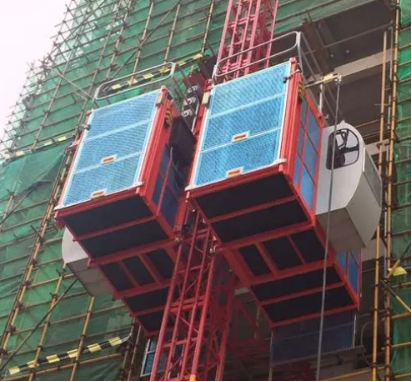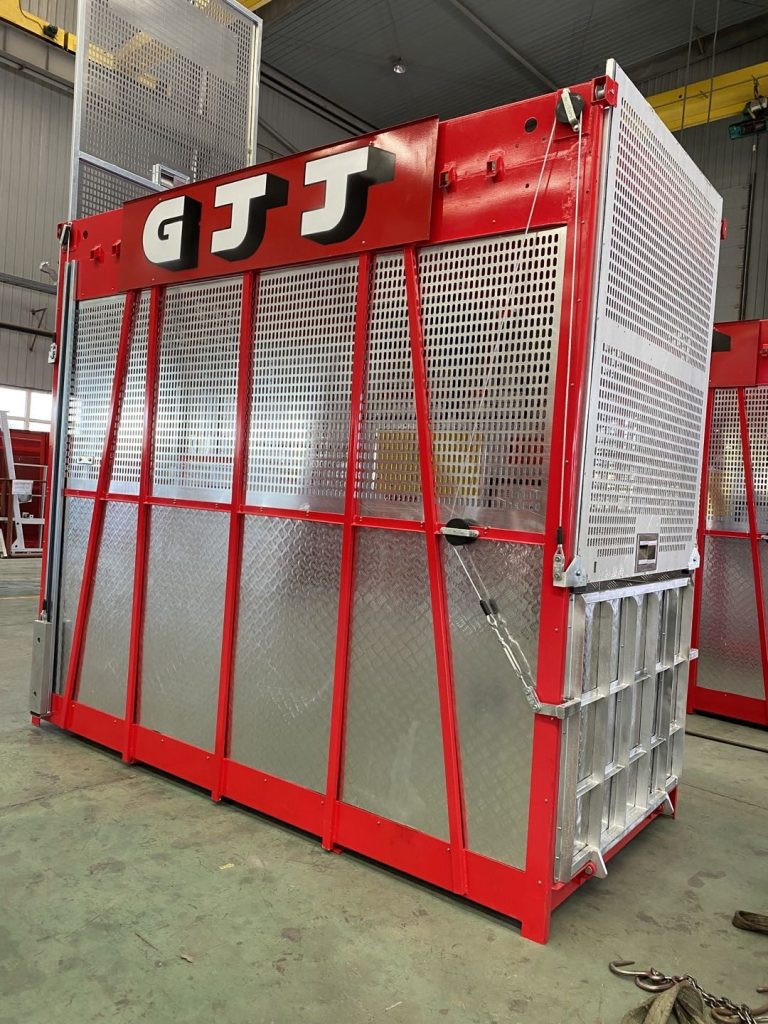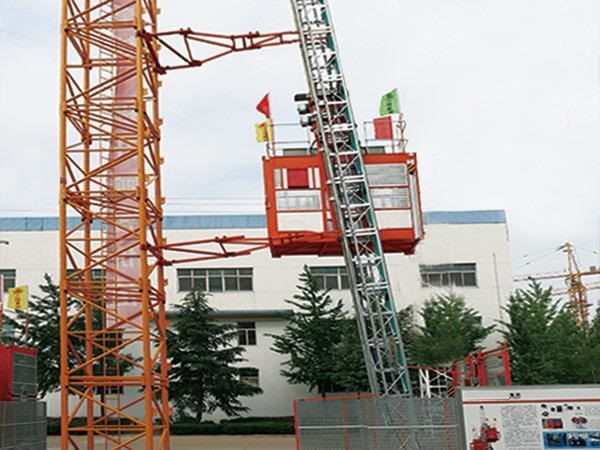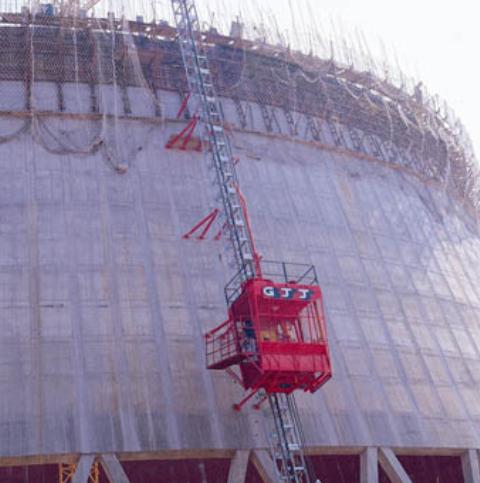Construction hoists, often referred to as construction elevators, are indispensable pieces of equipment in the construction industry, primarily used for vertical transportation of materials and personnel. While they offer significant advantages in terms of efficiency and safety, they can also pose various hazards if not operated and maintained correctly.
This article will delve into the common problems associated with construction hoists and explore effective preventive measures to ensure their safe and efficient operation.
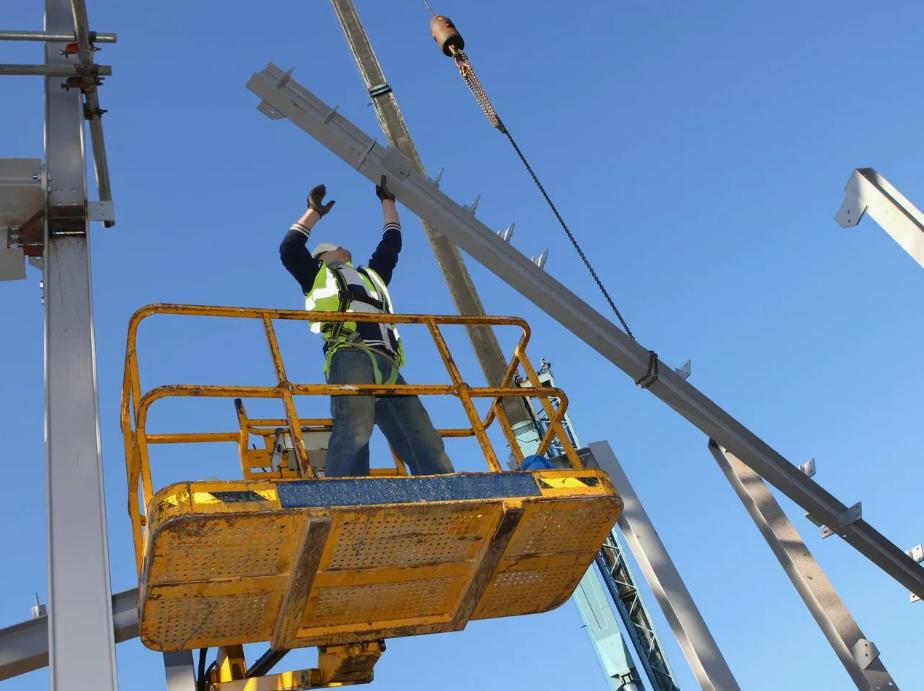
What is a Construction Hoist?
A construction hoist is a specialized type of construction machinery designed to transport both personnel and materials vertically along rigid guides on construction sites. Commonly referred to as construction elevators or building construction hoists, they are primarily used for interior and exterior renovations of high-rise buildings, as well as in the construction of bridges, chimneys, and other structures.
A construction hoist is primarily composed of a cage, guide frame sections, attachment brackets, a transmission mechanism, and an electrical control system. The cage serves as the main body for carrying personnel and materials and its structural design must meet requirements for safety, comfort, and convenience.
The guide frame sections provide a stable running track for the cage, while the attachment brackets enhance the overall stability of the hoist and prevent tipping at height. The transmission mechanism, consisting of electric motors, gearboxes, and other components, enables the up-and-down movement of the cage.
The electrical control system, based on operator commands and sensor feedback, precisely controls the cage’s speed and direction, ensuring smooth and accurate arrival at the designated position.
Advantages of Using Construction Hoists
Building construction hoists offer significant advantages in construction projects. They provide rapid and safe vertical transportation services, significantly improving construction efficiency and reducing labor and time costs. Construction hoists can handle heavy loads and operate smoothly, meeting the needs of various construction scenarios.
Additionally, construction hoists are easy to install and dismantle, have a wide range of applications, and can be elevated along with the building, providing great convenience for construction.

Increased Efficiency and Productivity
- Rapid vertical transportation: Construction hoists provide fast and reliable transportation of materials and personnel to various levels of a building, significantly reducing the time required for construction tasks.
- Enhanced workflow: By streamlining material delivery and personnel movement, construction hoists can improve overall workflow and coordination on construction sites.
Enhanced Safety
- Reduced risk of accidents: Construction hoists can help prevent ground-level accidents by eliminating the need for workers to climb ladders or scaffolding.
- Improved worker safety: By providing a secure and stable platform for workers, hoists can reduce the risk of falls and other injuries.
Cost-Effectiveness
- Reduced labor costs: By automating the transportation of materials and personnel, construction hoists can reduce the need for manual labor, leading to lower labor costs.
- Improved project timelines: Faster construction times due to increased efficiency can result in cost savings.
Versatility and Adaptability
- Wide range of applications: Construction hoists can be used for various construction tasks, including building construction, renovation, maintenance, and industrial applications.
- Customizable configurations: Hoists can be customized to meet specific project requirements, such as load capacity, height, and reach.
- Easy installation and dismantling: Construction hoists are typically modular and can be easily installed and dismantled, making them suitable for temporary or long-term projects.
Common Problems with Construction Hoists
Construction hoists, like any mechanical equipment, are susceptible to various problems that can compromise their safety and performance. Some of the most common issues include:
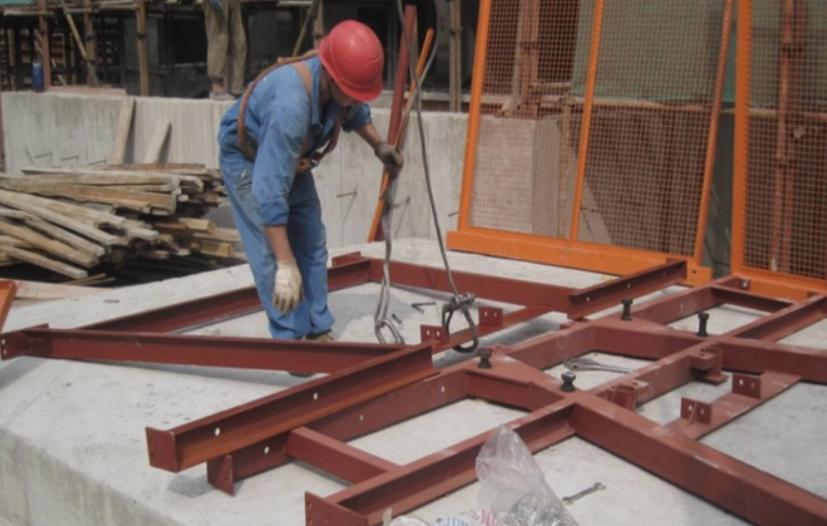
Equipment Deterioration
- Wear and Tear: Over time, the components of a construction hoist can experience wear and tear due to continuous use and exposure to harsh environmental conditions. Components such as steel cables and bearings are particularly susceptible to wear, which can lead to decreased performance and an increased risk of failure.
- Corrosion: Exposure to moisture, chemicals, and salts can cause corrosion of the hoist’s metal components, resulting in structural damage and potential failures.
- Fatigue: The repeated stress on hoist components can lead to metal fatigue, which can eventually cause cracks or fractures. Additionally, the aging of electrical equipment can result in electrical leaks, short circuits, and other electrical issues.
Improper Maintenance
- Lack of regular inspections: Failure to conduct regular inspections can allow problems to develop and worsen before they are detected.
- Inadequate lubrication: Insufficient lubrication of moving parts can lead to increased friction, wear, and premature failure.
- Delayed repairs: Postponing necessary repairs can result in more extensive damage and costly repairs in the future.
Non-Standard Operation
- Overloading: Exceeding the hoist’s rated capacity can put excessive stress on its components, leading to premature wear and failure.
- Improper use: Using the hoist for unintended purposes or violating safety procedures can create hazardous situations.
- Operator negligence: Failure to follow safety guidelines and proper operating procedures can increase the risk of accidents and injuries.
How to Avoid Problems with Construction Hoists
To ensure the safe and efficient operation of construction hoists, it is essential to implement effective preventive measures. Here are some key strategies:
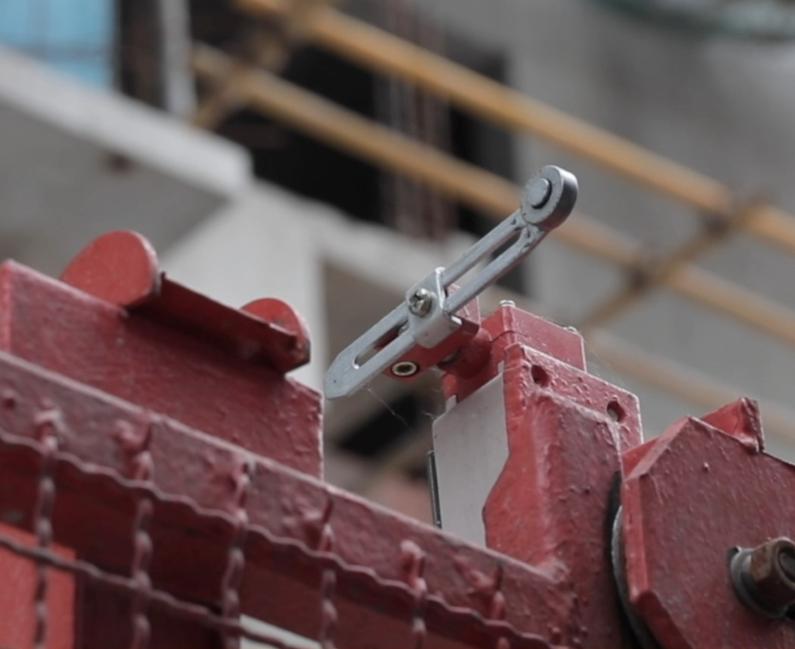
- Enhance equipment maintenance and upkeep:
- Conduct regular inspections to identify potential problems early.
- Follow the construction hoist manufacturer’s recommended maintenance schedule for lubrication, adjustments, and replacements.
- Implement a preventive maintenance program to address issues proactively.
- Improve operators’ skill level and safety awareness:
- Provide comprehensive training to operators, covering safe operating procedures, emergency response, and hazard identification.
- Encourage a safety-first culture among operators and promote continuous learning and development.
- Strictly control equipment usage conditions:
- Establish clear guidelines for equipment usage, including load limits, operating speeds, and environmental conditions.
- Monitor equipment usage and intervene if any deviations from safety guidelines are observed.
- Establish a sound equipment management system:
- Implement a system for tracking equipment maintenance records, inspection reports, and repair history.
- Conduct regular safety audits to assess the effectiveness of safety measures.
- Adopt advanced technologies and management practices:
- Consider using condition-based monitoring systems to detect potential problems early.
- Explore the use of automation and remote monitoring technologies to improve efficiency and safety.
Key points to emphasize:
To ensure the safe and efficient operation of construction hoists, it is imperative to prioritize regular maintenance, operator training, strict adherence to safety guidelines, and consideration of environmental factors. By implementing these preventive measures, construction companies can significantly reduce the risk of accidents and ensure the reliable performance of their equipment.
Related Products
Builder Hoist Lift
Flexible
Multifunctional
Easy to operate
Construction Material Hoist
Use high-quality steel
Simple and cost-saving
Lean Construction Hoist Lift
Compact structure
Easy to operate
Easy to assemble and disassemble
Curve Hoist
Self-Leveling
Versatile Applications
Adjustable Cage

